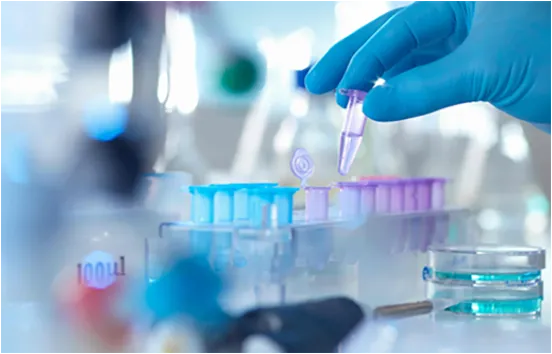what is edta vial
What is EDTA Vial?
EDTA, or Ethylenediaminetetraacetic acid, is a versatile chelating agent widely used in various fields, including medicine, biochemistry, and environmental science. Its unique ability to bind metal ions makes it invaluable in numerous applications. An EDTA vial refers to a specialized container where solutions containing EDTA are stored, often used in clinical and laboratory settings.
Understanding EDTA
EDTA is a synthetic compound that acts as a chelator, meaning it has the capability to bind and stabilize metal ions. This characteristic makes it useful in several medical applications, particularly in treating heavy metal poisoning. By binding to metals like lead, mercury, and arsenic, EDTA facilitates their excretion from the body, thereby reducing toxicity and potential damage to vital organs.
In addition to its medical uses, EDTA is essential in various laboratory procedures, where it is utilized to prevent metal ion interference in biochemical assays. For example, in the field of molecular biology, EDTA is often included in buffer solutions to impede the activity of metalloenzymes that could otherwise degrade nucleic acids.
The Structure and Function of EDTA Vials
An EDTA vial is typically a sterile container designed to store and preserve EDTA solutions. These vials can vary in size and are made from materials that are resistant to chemical interactions with EDTA. Often, they contain pre-measured amounts of EDTA mixed with a solvent, such as water, to facilitate easy use in laboratory settings.
The use of EDTA vials allows for precise dosages and convenient handling. Labs can quickly dispense an adequate amount of EDTA solution for various applications, whether it is for diluting blood specimens in hematology or preparing reagents in molecular biology experiments.
what is edta vial

Types of EDTA Vials
There are different types of EDTA vials based on the specific needs of various applications. Some of the most common types include
1. EDTA Blood Collection Vials These vials are specifically designed for collecting blood samples. They are often coated with K2EDTA or K3EDTA, which act as anticoagulants to prevent blood clotting during analysis. Therefore, these vials play a critical role in ensuring accurate results in laboratory tests.
2. EDTA Solution Vials for Research These vials contain varying concentrations of EDTA in solutions, used predominantly in research laboratories. Scientists may require different EDTA concentrations depending on the specific metal-binding needs in their experiments.
3. Pre-filled EDTA Vials Some manufacturers offer pre-filled vials that provide a ready-to-use solution of EDTA, which eliminates the need for dilution or preparation. This convenience is particularly beneficial in high-throughput laboratories where efficiency is key.
Conclusion
In summary, EDTA vials are essential tools in both clinical and research settings due to their ability to store and deliver EDTA solutions effectively. Their application ranges from blood collection to the preparation of reagents in biochemical assays. As the scientific community continues to explore the diverse uses of EDTA, these vials remain a fundamental part of laboratory protocols across various disciplines. Understanding the significance of EDTA vials highlights their role in advancing both clinical medicine and scientific research, ensuring accurate results and improving patient care. Whether you are in a hospital, a research lab, or an educational institution, the utility of EDTA and its associated vials cannot be overstated.
-
Aesthetic Makeup Spray Bottles | Fine Mist Empty RefillableNewsAug.19,2025
-
White Plastic Veterinary Vaccine Vials | Lab Liquid BottlesNewsAug.18,2025
-
Plastic Medicine Liquid Bottle: Secure Flip Top Drug VialsNewsAug.17,2025
-
Durable 250ml Blue Plastic Vaccine Vial for Lab & Vet UseNewsAug.16,2025
-
Sterile Virus Sample Tubes: Secure & Reliable Specimen CollectionNewsAug.15,2025
-
White 250ml Plastic Vaccine Vial for Lab & Vet MedicineNewsAug.14,2025
























